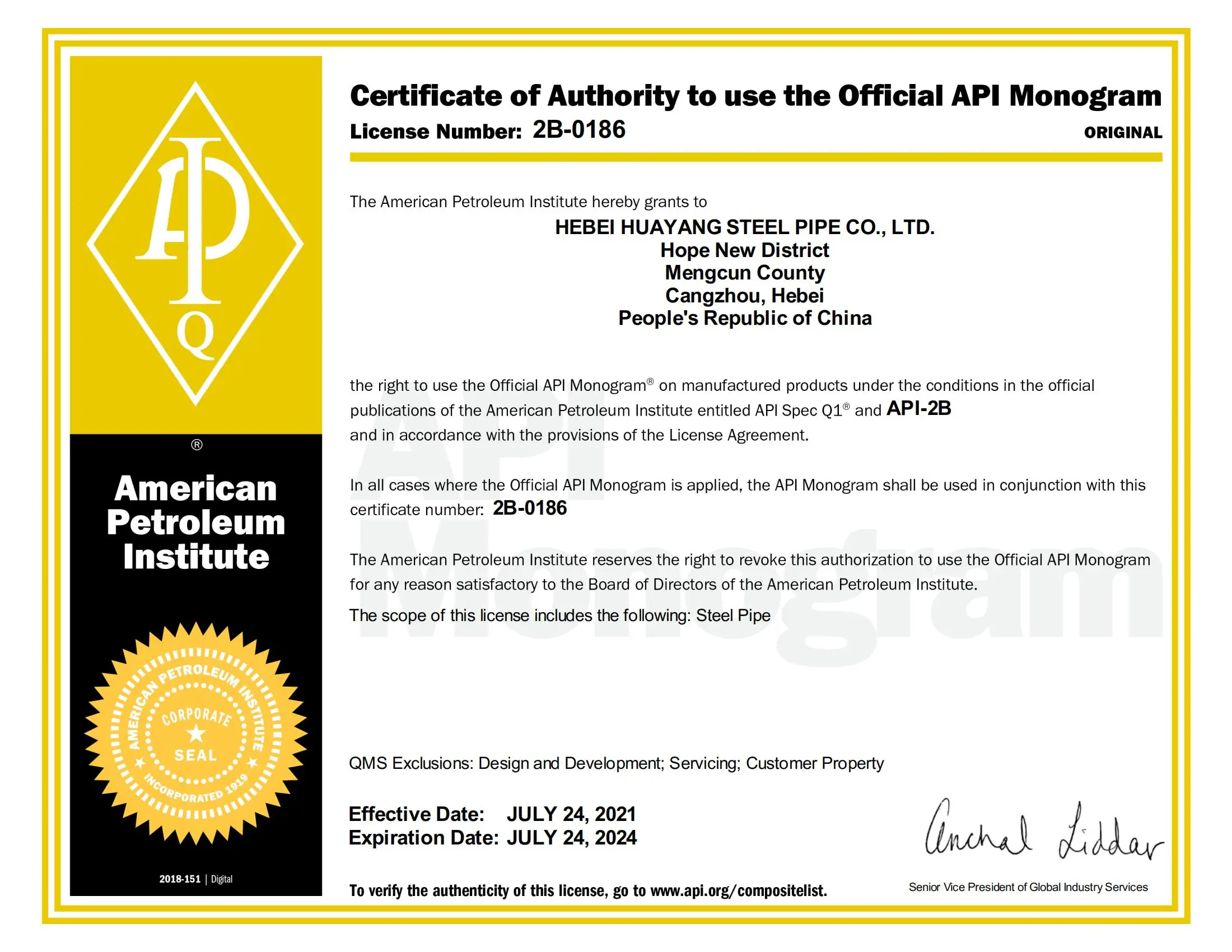
Nov . 22, 2024 06:44 Back to list
hpmc ingredient
Understanding HPMC Ingredients A Comprehensive Overview
Hydroxypropyl methylcellulose (HPMC) is a widely used ingredient across various industries, most notably in food, pharmaceuticals, cosmetics, and construction. As a semi-synthetic polymer derived from cellulose, HPMC boasts a variety of properties that make it an invaluable component in numerous applications. This article explores the characteristics, uses, and benefits of HPMC, shedding light on why it has become a staple ingredient in such diverse fields.
What is HPMC?
HPMC is created by chemically modifying cellulose, a natural polymer obtained from plant cell walls. Through a process of etherification, hydroxypropyl and methyl groups are introduced to the cellulose structure, enhancing its functionality. The result is a product that is soluble in water, biodegradable, and non-toxic, making it safe for various applications. HPMC is available in different grades, each tailored to meet specific industry requirements, such as viscosity levels and solubility.
Applications of HPMC
1. Food Industry In food products, HPMC serves as a thickening agent, stabilizer, and emulsifier. It improves texture and mouthfeel in sauces, dressings, and dairy products while also extending shelf life by preventing separation. Additionally, HPMC is often used in gluten-free formulations to replace the structural properties typically contributed by gluten.
2. Pharmaceuticals HPMC is a key component in the pharmaceutical industry, particularly in drug formulations. It is used as a binder and film-forming agent in tablets and capsules, ensuring the even distribution of active ingredients. Furthermore, HPMC helps in controlling the release rate of medications, making it crucial for sustained-release formulations.
hpmc ingredient

3. Cosmetics In cosmetics, HPMC acts as a thickener and emulsifier, enhancing the texture of creams, lotions, and gels. Its ability to form a protective film over the skin allows for improved moisture retention and a smoother application experience. Because HPMC is non-irritating, it is suitable for sensitive skin formulations.
4. Construction HPMC is also utilized in the construction industry as an additive in cement-based products. It enhances the workability and adhesion of mortars, plasters, and tile adhesives. Moreover, HPMC helps to improve the open time of these materials, allowing for better handling and application.
Benefits of HPMC
The versatility of HPMC is one of its most appealing attributes. It contributes to the quality and functionality of products across various sectors. The ingredient is recognized for its excellent water retention properties, which is vital in both food and construction applications. Additionally, HPMC is praised for its ability to improve product stability, which is crucial in ensuring longevity and performance.
Moreover, HPMC is a non-toxic and biodegradable ingredient, aligning with the growing demand for sustainable and environmentally friendly products. Its safety profile makes it suitable for use in products that come into contact with food and skin, giving manufacturers peace of mind regarding consumer health.
Conclusion
Hydroxypropyl methylcellulose stands as a testament to the innovation in ingredient development. Its unique properties make it an essential component in food, pharmaceuticals, cosmetics, and construction. As industries continue to evolve, HPMC will likely remain a critical ingredient that meets the needs for safety, efficiency, and sustainability. Understanding and leveraging the benefits of HPMC can lead to the creation of high-quality products that satisfy consumer demands while promoting health and well-being.
-
Versatile Hpmc Uses in Different Industries
NewsJun.19,2025
-
Redispersible Powder's Role in Enhancing Durability of Construction Products
NewsJun.19,2025
-
Hydroxyethyl Cellulose Applications Driving Green Industrial Processes
NewsJun.19,2025
-
Exploring Different Redispersible Polymer Powder
NewsJun.19,2025
-
Choosing the Right Mortar Bonding Agent
NewsJun.19,2025
-
Applications and Significance of China Hpmc in Modern Industries
NewsJun.19,2025







